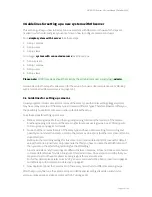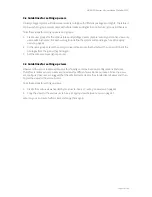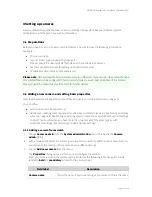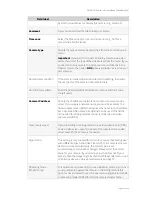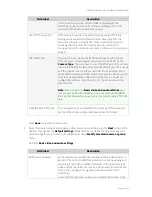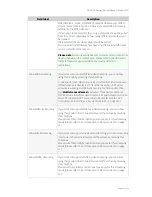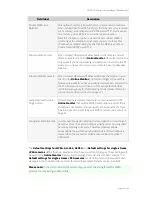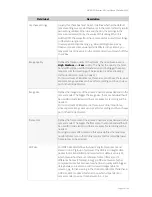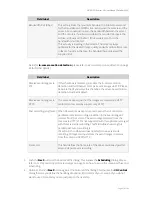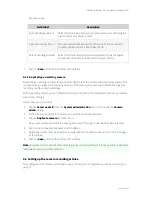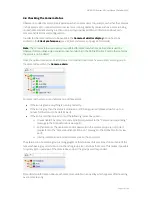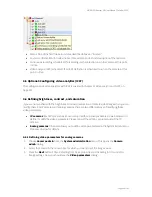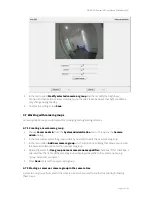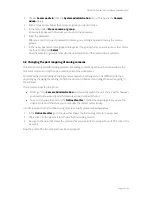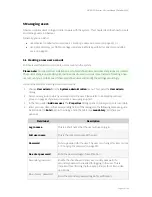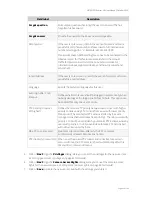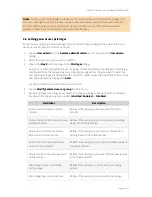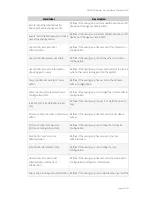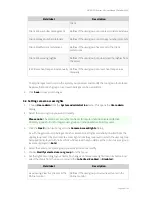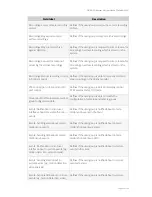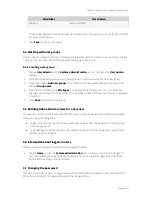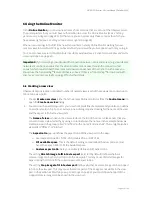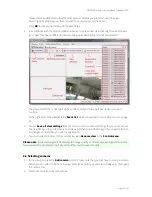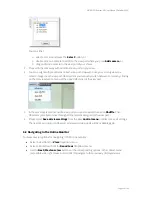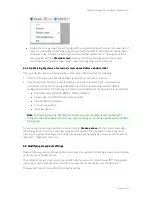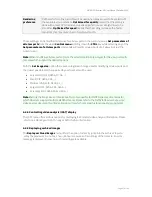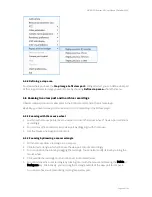
NETAVIS Observer 4.6 User Manual (October 2015)
Page 43 of 204
5 Managing users
Observer requires users to login in order to work with the system. This chapter describes how to create
and manage users in Observer.
Generally, you can either
use Observer to administer users (see
5.1 Creating a new user account
on page 43), or
use Active directory or LDAP to manage users (see
5.8 Working with Active Directory and LDAP
users
on page 51).
5.1 Creating a new user account
An Observer administrator can create user accounts in the system.
Please note:
At initial product installation a set of predefined users accounts and groups are created.
These users and groups model typical permissions of users in various roles. Instead of creating a new
user account you can take one of these predefined users and modify the settings accordingly.
Here are the steps for creating a new user account:
1.
Choose
User admin
from the
System administration
menu. This opens the
User admin
dialog.
2.
Select a user group to which you want to add the user. Please refer to
5.4 Working with user
groups
on page 50 if you want to create a new user group first.
3.
In the menu select
Add new user
. The
Properties
dialog opens to allow you to enter user data.
4.
Enter your user data in the corresponding fields of the dialog. Use the following table as a guide.
Fields labeled in
bold
(both in the dialog and in the table) are
mandatory
; all others are
optional:
Field label
Description
Login name
This is a short name that the user will use to log in.
Full user name
This is the complete name of the user.
Password
Enter a password for the user. The user can change this later on (see
5.7 Changing the password
on page 50).
Re-enter password
Enter the password again for verification.
Secondary password
Enable the checkbox and enter a secondary password if a
secondary password is needed for logging in the user. This is
important for enforcing the four-eyes-principle for certain video
operations.
Re-enter sec. password
Enter the secondary password again for verification.

